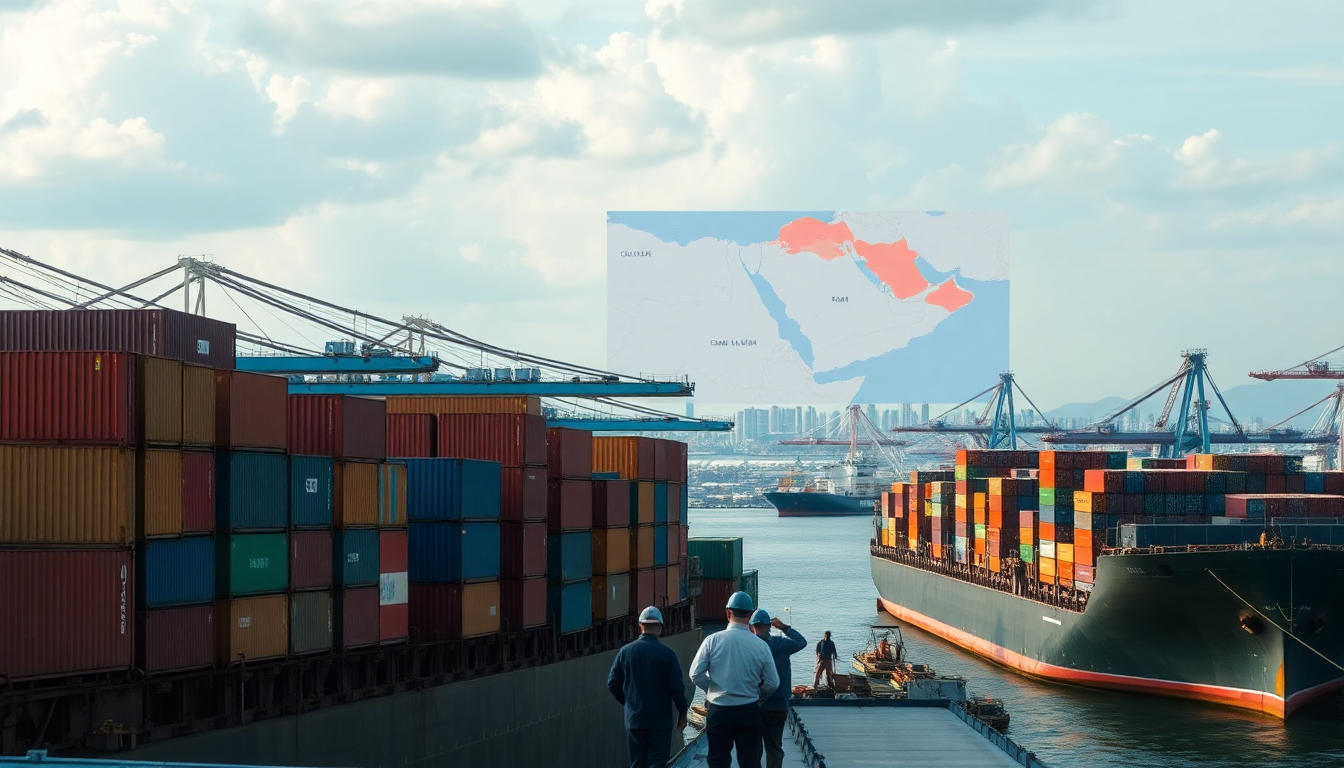Table of Contents
The ongoing geopolitical tensions in the Middle East, especially the conflict between Iran and Israel, are creating serious challenges for Chinese exporters. With missile strikes threatening crucial shipping routes and disrupting established trade agreements, businesses are left navigating a sea of uncertainty and risk. What does this mean for the safety of Chinese assets in the region and the future of trade dynamics? Let’s dive in.
The Precarious Trade Landscape
Chinese exporters are increasingly finding themselves on shaky ground as they navigate the treacherous waters of Middle Eastern trade. As the Iran-Israel conflict intensifies, immediate repercussions are felt across various sectors, notably in manufacturing and exportation. Many businesses have had to hit the brakes on previously planned projects, with clients disappearing amid rising hostilities. Just take Yu, a business owner whose plans have been completely derailed as her clients vanish into thin air.
The uncertainty surrounding delivery capabilities has put immense pressure on exporters. The situation has become so dire that many are questioning whether they can continue operating in the region at all. The looming fear of economic casualties is prompting many to reassess their strategies and consider the long-term implications of their investments in the Middle East. Are they ready to take that risk?
Disruptions in Business Operations
This conflict isn’t just impacting existing contracts; it’s also leading to the cancellation of planned business engagements. Cai Zhan, a prominent figure in foreign trade, recently shared her tough decision to back out of an important auto-parts expo in Iran due to safety concerns voiced by her clients. This reflects a broader trend among Chinese exporters who are reevaluating their commitments in the region as security risks escalate.
As shipping costs skyrocket and order volumes plummet, many exporters are tightening their belts, bracing for further disruptions. The ongoing conflict has not only disrupted business operations but has also instilled a sense of caution among exporters, making them hesitant to engage in new contracts or ventures in the region. The ripple effects of this instability are expected to resonate across the global supply chain, shedding light on the interconnected nature of trade dynamics.
Navigating the Uncertainties
For Chinese exporters, the current geopolitical climate presents a unique set of challenges that require careful navigation. Many are closely monitoring the situation, eager to understand the evolving landscape and its potential impact on their business strategies. The ability to adapt to these changes will be crucial for maintaining competitiveness in a market characterized by unpredictability. Are they ready to pivot?
Given these circumstances, exporters might need to explore alternative markets or diversify their supply chains to mitigate risks associated with geopolitical tensions. Building robust contingency plans that account for potential disruptions could also be vital in protecting their interests as they strive to maintain their foothold in the global trade arena.
As the situation evolves, remaining vigilant and proactive will be essential for businesses. This current crisis serves as a stark reminder of the inherent risks tied to international trade, particularly in regions marked by instability. By staying informed and adaptable, Chinese exporters can better position themselves to weather the storm and emerge resilient in the face of adversity. Are they ready to seize the opportunity amidst the chaos?


